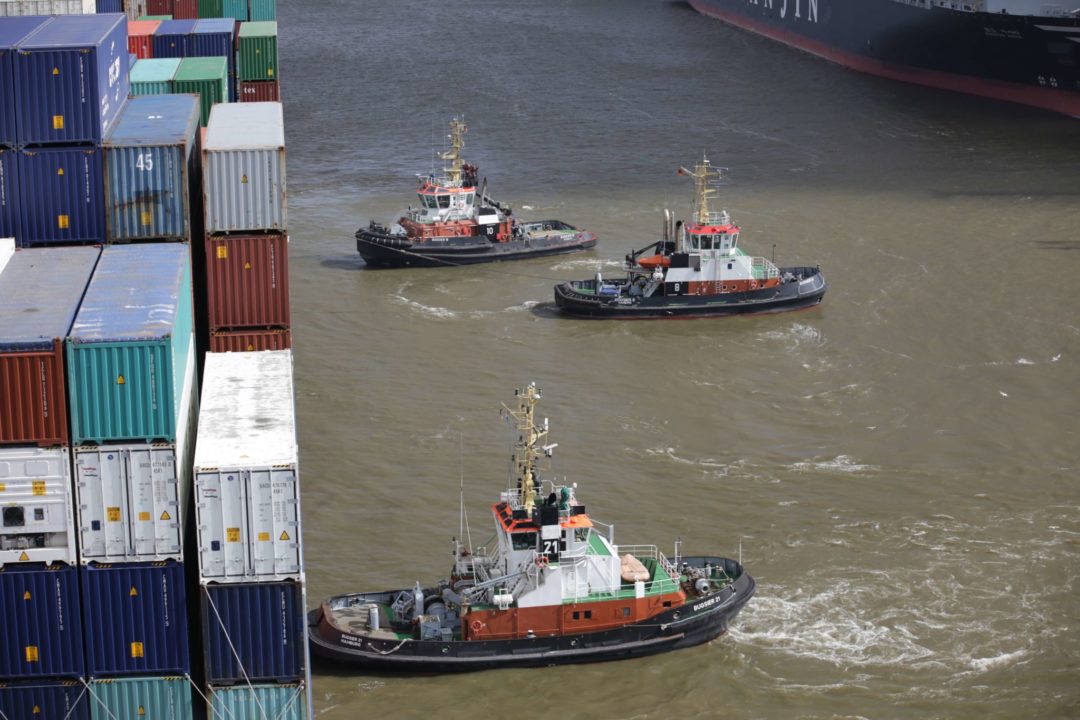Panama Canal restrictions delay bulk goods vessels more than container ships
However, freight vessels must carry fewer containers per trip due to draught limitations as drought persists, Container xChange says

The historic drought in Central America that is forcing authorities at the Panama Canal to cap the size and number of vessels allowed to pass through the shipping bottleneck is affecting tankers and bulk freighters more than containerships, according to Container xChange, an online platform for container logistics.
Specifically, the dry bulk and liquid natural gas (LNG) segments have borne the brunt of restrictions on the number of ships steaming through the canal per day. Meanwhile, the liner shipping category has faced minimal consequences from that policy, but has been significantly affected by draught reductions that limit how much weight each ship can carry, and therefore its container capacity in twenty foot equivalent units (TEU).
“The Dry Bulk and LNG segments have experienced the greatest impact due to restricted transits, primarily because they don't adhere to a fixed liner schedule but instead "arrive at the canal on an ad hoc basis," Christian Roeloffs, cofounder and CEO of Container xChange, said in a release. “In contrast, liner shipping has faced minimal consequences from transit reductions but has primarily been affected by draught reductions. The maximum draught has been decreased from 50 feet to 44 feet, with each foot reduction in draught resulting in a ‘loss’ of 400 TEU capacity. Consequently, an average container vessel can now transport 2,400 TEU less.”
Those effects could be more painful, but freight markets are currently seeing a demand lull, preventing disruptions that would have posed a significant challenge for westbound trade shippers.
Still, the immediate impact includes a halved number of vessels passing through the canal, resulting in shipping companies rerouting vessels, blank sailings, longer transit times, and potential higher shipping costs in the coming times. The mid to long term repercussions of Panama Canal situation will run easily through 2024 because of the irreversible environmental concerns that will dwindle the performance of the canal in time, Container xChange said.
According to Container xChange, the average daily queue of non-booked vessels waiting for transit has increased from 2.5 days on November 4 to 9.3 days as of November 28 for northbound vessels. Southbound vessels have experienced a similar trend, reaching an average waiting time of 10.5 days.
The resulting supply chain disruptions are expected to reverberate throughout the industry, potentially impacting container prices. Heightened competition for available slots has driven up spot freight rates, and several carriers have already announced new fees for Panama transits. For example, MSC will impose a $297/container Panama Canal Surcharge (PCS) starting December 15, and Hapag Lloyd will charge an extra $130 beginning January 1.
In response, carriers are redirecting more volume to the U.S. West Coast or opting for routes via the Suez Canal. This shift in shipping patterns may impact transportation costs, delivery times, and overall supply chain efficiency for U.S. businesses. The potential escalation of intermodal volume to the U.S. West Coast could also affect capacity and efficiency, leading to increased costs or delays for businesses relying on these services.
Related Articles
Copyright ©2024. All Rights ReservedDesign, CMS, Hosting & Web Development :: ePublishing